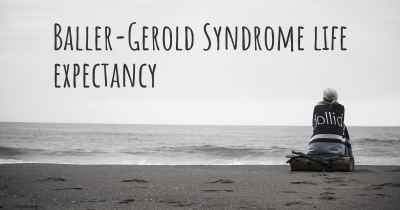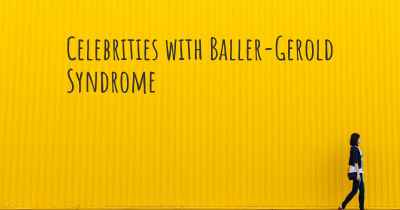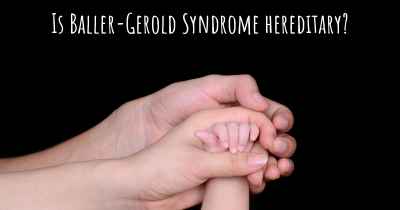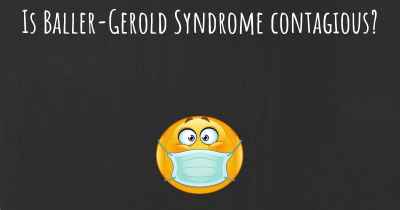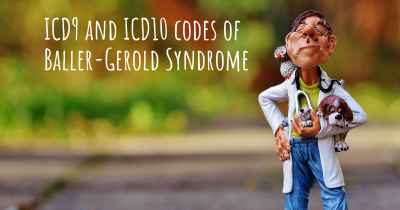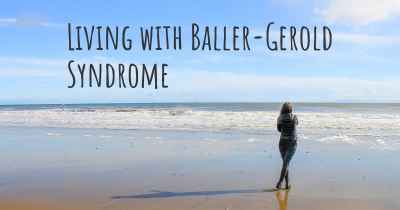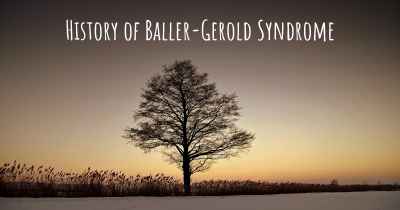Is there any natural treatment for Baller-Gerold Syndrome?
Are there natural treatment(s) that may improve the quality of life of people with Baller-Gerold Syndrome? Here you can see if there is any natural remedy and/or treatment that can help people with Baller-Gerold Syndrome
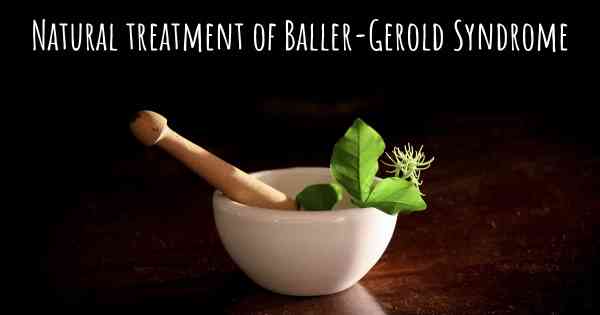
Natural Treatment for Baller-Gerold Syndrome
Baller-Gerold Syndrome is a rare genetic disorder characterized by craniosynostosis (premature fusion of the skull bones) and radial aplasia (absence or underdevelopment of the radius bone in the forearm). It is caused by mutations in the RECQL4 gene, which plays a role in DNA replication and repair.
While there is currently no cure for Baller-Gerold Syndrome, there are some natural treatment approaches that can help manage the symptoms and improve the quality of life for individuals with this condition.
Diet and Nutrition
A healthy and balanced diet is essential for overall well-being, including individuals with Baller-Gerold Syndrome. Proper nutrition can support bone health and boost the immune system. It is important to consult with a healthcare professional or a registered dietitian to develop a personalized diet plan that meets the specific needs of the individual.
Key dietary recommendations for individuals with Baller-Gerold Syndrome include:
- Consuming a variety of fruits and vegetables to ensure an adequate intake of vitamins and minerals.
- Including sources of lean protein, such as poultry, fish, legumes, and tofu, to support muscle development and repair.
- Incorporating whole grains, such as brown rice, quinoa, and whole wheat bread, for fiber and energy.
- Ensuring sufficient calcium intake through dairy products, fortified plant-based alternatives, or calcium supplements to support bone health.
- Staying hydrated by drinking an adequate amount of water throughout the day.
Physical Therapy
Physical therapy can play a crucial role in managing the physical limitations associated with Baller-Gerold Syndrome. A qualified physical therapist can design a personalized exercise program to improve strength, flexibility, and mobility.
Physical therapy interventions may include:
- Stretching exercises to improve joint flexibility and prevent contractures.
- Strengthening exercises to enhance muscle tone and function.
- Range of motion exercises to maintain or improve joint mobility.
- Assistive devices, such as splints or braces, to support limb function and alignment.
Occupational Therapy
Occupational therapy focuses on improving daily living skills and enhancing independence. An occupational therapist can provide strategies and adaptations to overcome challenges related to fine motor skills, self-care, and activities of daily living.
Occupational therapy interventions may include:
- Hand and finger exercises to improve dexterity and coordination.
- Assistive devices, such as adaptive utensils or writing aids, to facilitate independent eating and writing.
- Environmental modifications to ensure a safe and accessible living environment.
- Education and training on energy conservation techniques to manage fatigue.
Emotional Support
Living with a rare genetic disorder like Baller-Gerold Syndrome can be emotionally challenging for both individuals and their families. Seeking emotional support from healthcare professionals, support groups, or counseling services can be beneficial in coping with the psychological impact of the condition.
Additional strategies for emotional well-being include:
- Building a strong support network of family and friends.
- Engaging in hobbies and activities that bring joy and fulfillment.
- Practicing stress management techniques, such as meditation or deep breathing exercises.
- Seeking professional help when needed to address anxiety, depression, or other mental health concerns.
It is important to note that natural treatments for Baller-Gerold Syndrome should always be used in conjunction with medical care. Regular follow-ups with healthcare professionals, including geneticists, orthopedic specialists, and other relevant specialists, are crucial for comprehensive management of the condition.
